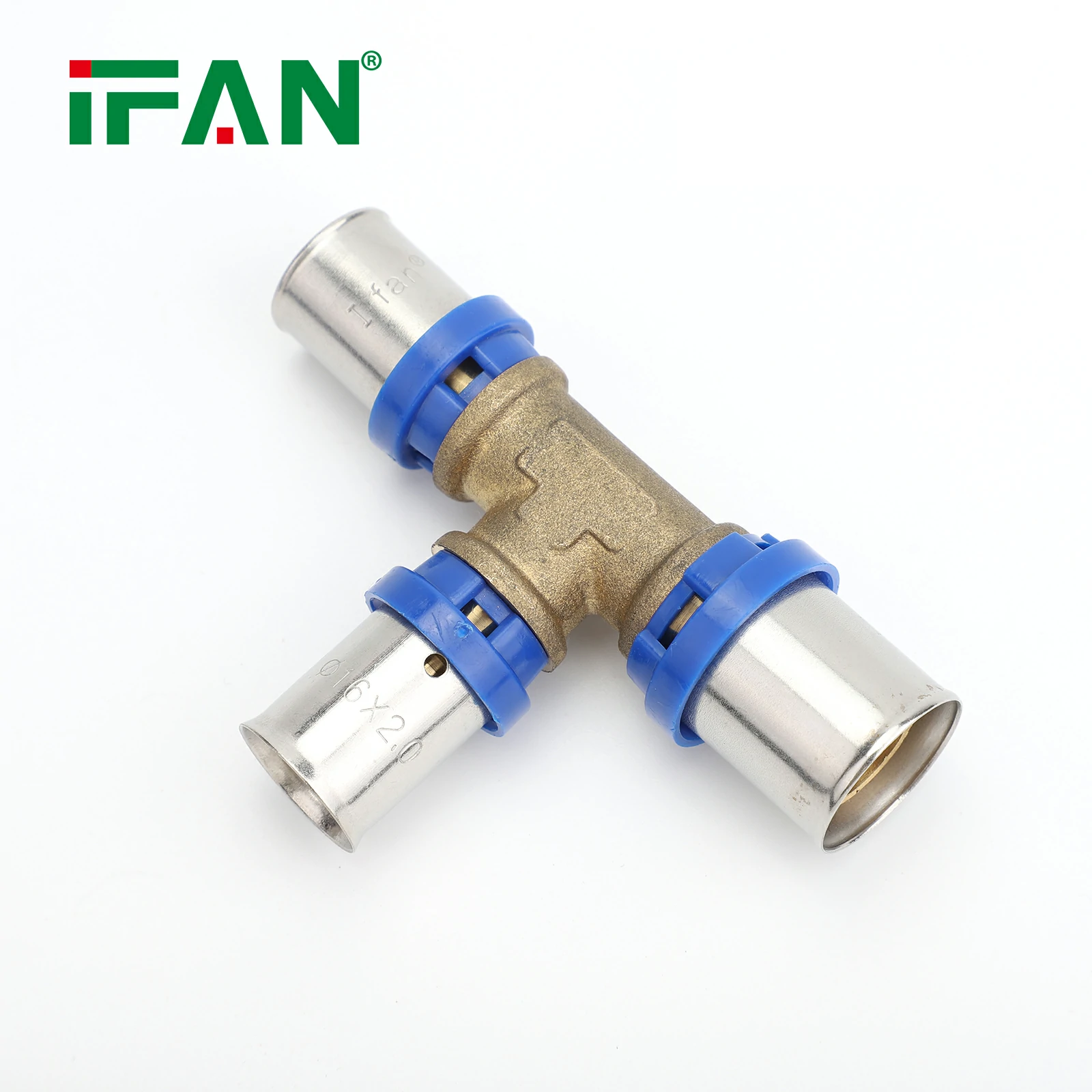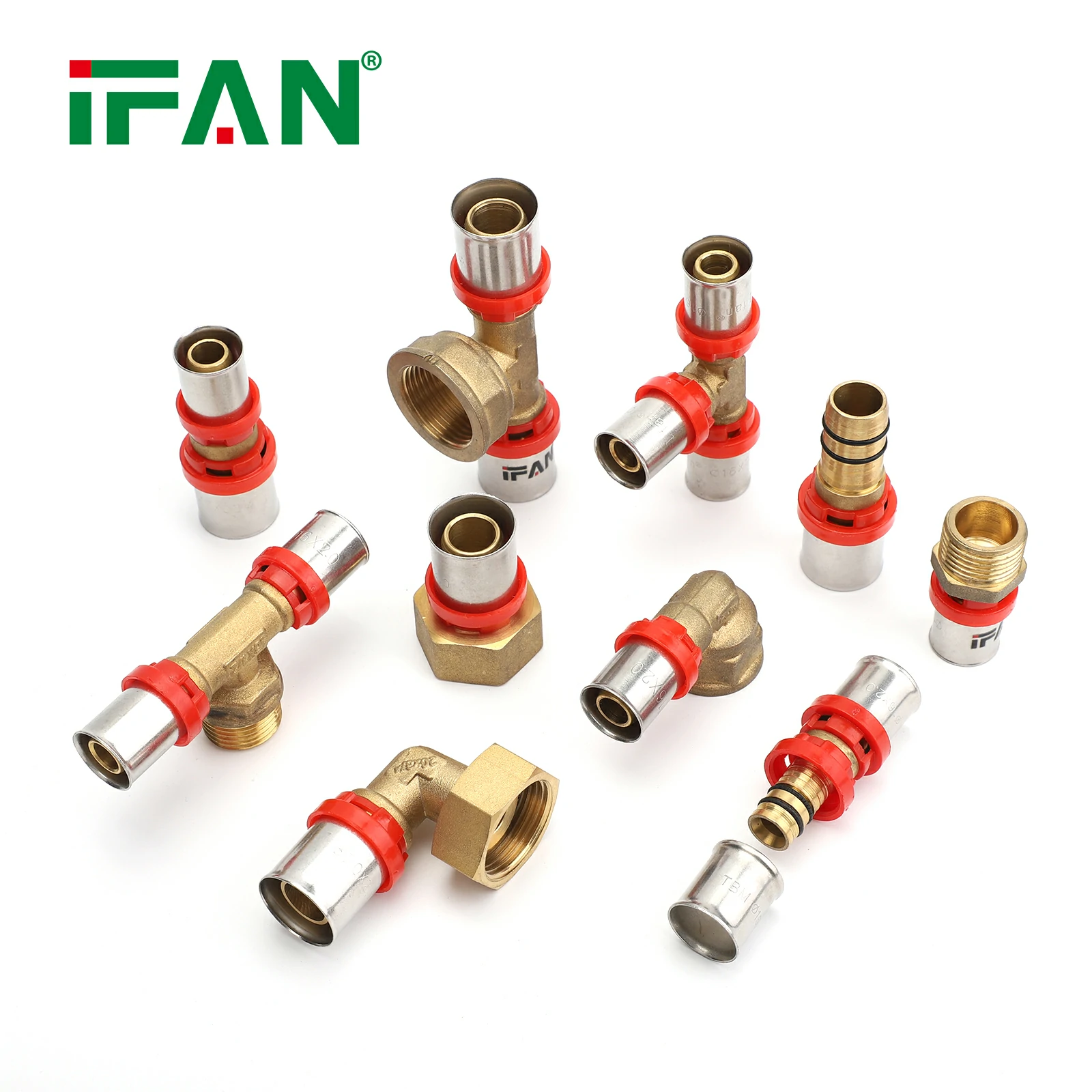Strong and Sturdy HDPE Fittings for Industrial Applications
Introduction
High Density Polyethylene (HDPE) is a popular thermoplastic polymer used extensively in the manufacturing of a wide range of products, including pipes and fittings. HDPE fittings offer numerous benefits, including efficient installation and joining methods, outstanding stress crack resistance, and excellent long-term performance. They are also tough, durable and highly resistant to abrasions, making them ideal for industrial applications.
Benefits of HDPE Fittings
HDPE fittings are available in various shapes and sizes, including elbows, couplers, tees, flanges, and more. These fittings are extremely robust and can withstand harsh environments, including high temperatures and corrosive chemicals. They are also lightweight and easy to handle, meaning installation is typically speedy and uncomplicated.

HDPE fittings are engineered to be extremely tough and durable, making them ideal for long-term use in industrial applications. Their strength and resilience ensure that they can handle a large volume of stress and environmental pressures, without breaking or cracking. Additionally, HDPE fittings exhibit outstanding resistance to abrasion and corrosion, which means they can withstand years of use without needing replacement due to wear and tear.
Applications of HDPE Fittings
HDPE fittings are commonly used in a wide range of industrial applications, including construction, water and wastewater management, mining, oil and gas, and many others. They are most often used to connect HDPE pipes, but can also be used in other applications such as tanks, pumps, and valves.
In the construction industry, HDPE fittings are commonly used for stormwater management, underground drainage systems, and water supply networks. They are a popular choice as they are relatively easy to install and cost-effective, as well as highly durable and long-lasting.
In the mining industry, HDPE fittings are used for pipeline systems, slurry transport, and tailings management. These fittings are preferred due to their high chemical resistance, which makes them ideal for use in harsh environments.
Conclusion
In conclusion, HDPE fittings offer many benefits over other types of fittings. They are strong, sturdy, and highly resistant to corrosion, making them ideal for use in industrial applications. Their ease of installation and long-term performance make them a popular choice for various applications, including construction, water and wastewater management, mining, and oil and gas. For those seeking reliable and long-lasting fittings, HDPE should definitely be considered.







